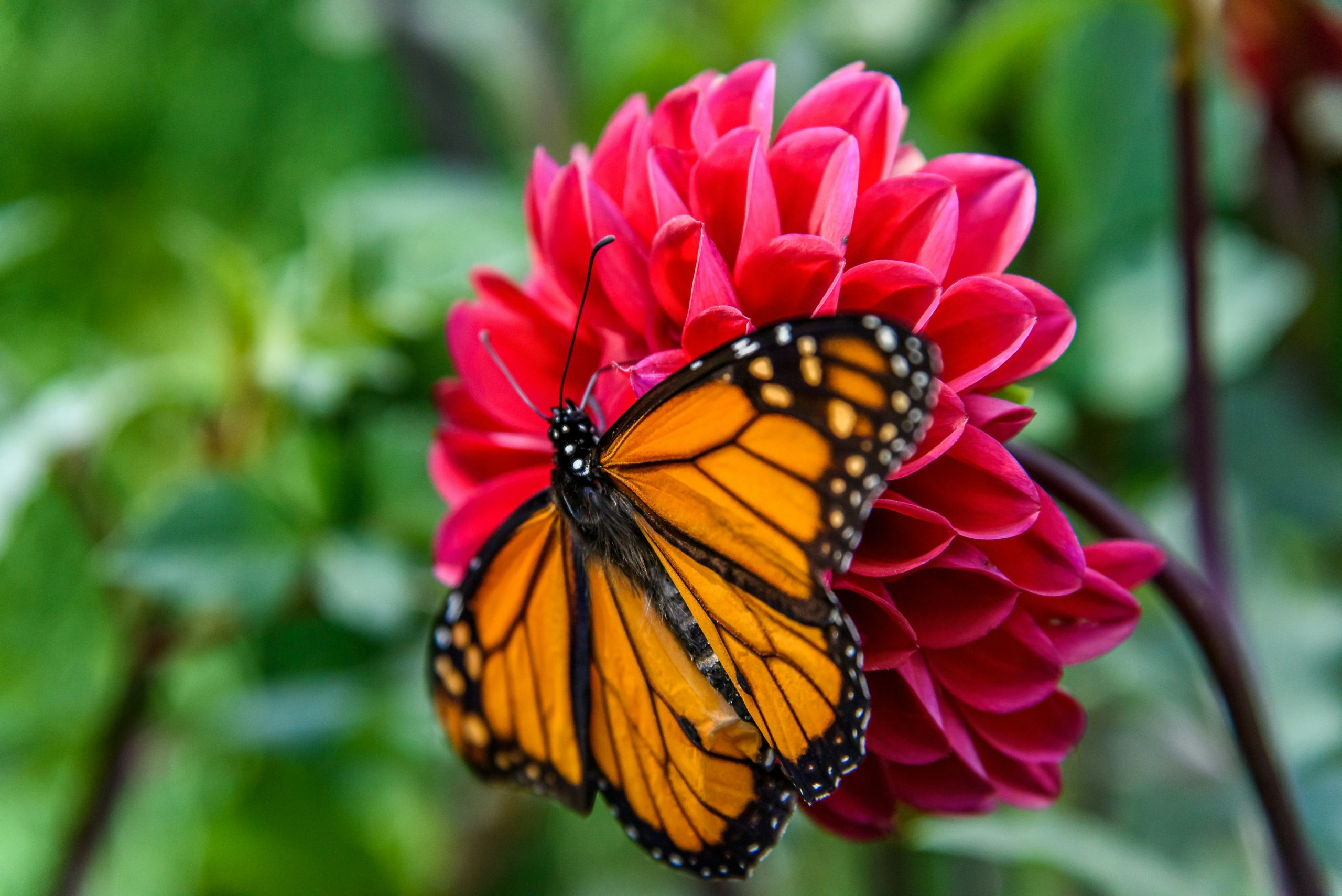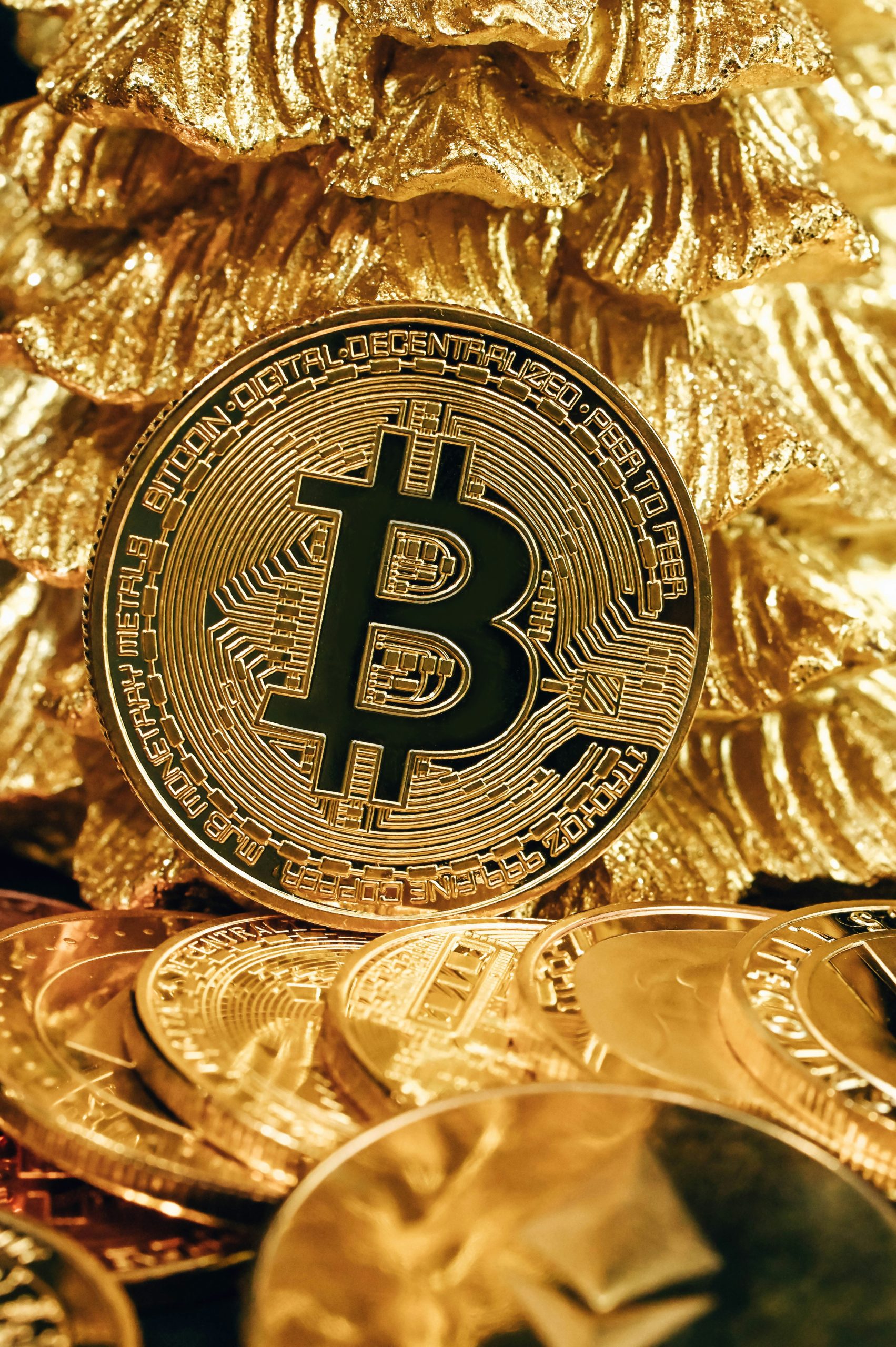Table of Contents
![]()
Monarch butterflies (Danaus plexippus) are renowned for their extraordinary migration journey, one of nature’s most remarkable feats. This article delves into the intricacies of their migration patterns, exploring the life cycle, navigation, challenges, and conservation efforts associated with these iconic insects.
I. Introduction
Monarch butterflies are easily recognizable by their vibrant orange and black wings, which have made them a favorite among butterfly enthusiasts and researchers alike. Beyond their striking appearance, Monarchs play a vital role in ecosystems as pollinators. Their migration is not just a survival strategy but a spectacle of natural wonder, demonstrating the intricate connections between species, climate, and environment.
II. Life Cycle and Migration Triggers
A. Monarch Butterfly Life Cycle
The life cycle of a Monarch butterfly consists of four stages: egg, larva (caterpillar), pupa (chrysalis), and adult. The cycle begins when a female Monarch lays eggs on milkweed plants, which are the sole food source for the caterpillars. After a few days, the eggs hatch into larvae, or caterpillars, which feed voraciously on the milkweed. This stage lasts about two weeks, after which the caterpillars form chrysalises. Inside the chrysalis, the caterpillar undergoes a remarkable transformation into an adult butterfly. The entire cycle from egg to adult typically spans about 4-6 weeks.
B. Triggers for Migration
The migration of Monarch butterflies is triggered by environmental cues. As summer wanes and temperatures drop, Monarchs sense the shortening of daylight. This decrease in daylight and cooler temperatures stimulate physiological changes in the butterflies, including the accumulation of fat reserves necessary for the long journey. Hormonal changes also play a crucial role in preparing the butterflies for migration.
III. Migration Routes
A. North American Migration
Monarchs breed in the northern regions of the United States and Canada during the summer months. As temperatures begin to fall, these butterflies embark on a migration journey that can span up to 3,000 miles. They travel southward through the central United States and Mexico, often following specific migratory corridors. This migration is characterized by a multi-generational journey, with successive generations completing the entire route.
B. Wintering Grounds
The Monarchs’ wintering grounds are primarily located in the oyamel fir forests of Central Mexico. These high-altitude forests provide a unique microclimate that protects the butterflies from the harsh winter conditions. The temperature in these forests is crucial for their survival, as it prevents them from freezing and allows them to enter a state of torpor, significantly slowing their metabolism.
C. Return Migration
In the spring, Monarchs begin their northward journey back to their breeding grounds. This return migration is less direct than the southward journey and involves several generations. Monarchs lay eggs along the way, and new generations continue the journey, eventually reaching the northern breeding sites. This northward migration is marked by a gradual increase in temperature and the blooming of milkweed plants.
IV. Navigation and Orientation
A. Mechanisms of Navigation
Monarch butterflies exhibit remarkable navigational abilities during their migration. They use the sun as a compass and rely on the Earth’s magnetic field for orientation. During their journey, Monarchs also use visual landmarks, such as mountain ranges and coastlines, to navigate. This complex navigation system ensures that they remain on course despite the challenges of migration.
B. Biological Mechanisms
Monarchs possess a sophisticated internal “biological clock” that helps regulate their migration. This circadian rhythm ensures that their migratory behavior is synchronized with environmental changes. Additionally, genetic factors influence their migratory patterns, with specific genes linked to their ability to navigate and endure long distances.
V. Challenges and Threats
A. Environmental Threats
Monarch butterflies face several environmental threats that impact their migration. Habitat loss due to deforestation in their wintering grounds and the decline of milkweed plants in their breeding areas are significant concerns. Climate change also poses a threat by altering weather patterns, which can disrupt migration timing and affect the availability of food sources.
B. Human Impact
Human activities have further exacerbated the challenges faced by Monarchs. Pesticides used in agriculture negatively affect milkweed plants, reducing food availability for caterpillars. Urbanization and land development have also fragmented migratory corridors, making it difficult for Monarchs to navigate and find suitable habitats.
C. Conservation Efforts
Conservation efforts are critical to addressing these challenges. Various initiatives aim to protect and restore Monarch habitats, both in their breeding and wintering grounds. Organizations and communities are working to raise awareness about the importance of Monarch conservation and to implement practices that support their survival.
VI. Research and Monitoring
A. Scientific Studies
Research into Monarch migration has employed various methods, including tagging and satellite tracking. These studies have provided valuable insights into their migratory routes, timing, and behaviors. Recent research has highlighted the intricate relationship between Monarchs and their environment, contributing to a better understanding of their migration patterns.
B. Citizen Science Contributions
Citizen science projects have played a significant role in monitoring Monarch populations and migration. Volunteers contribute by tracking sightings, reporting data, and participating in tagging programs. These efforts help fill gaps in scientific knowledge and foster public engagement with Monarch conservation.
VII. Cultural and Educational Significance
A. Monarch Butterflies in Culture
Monarch butterflies hold cultural significance in various societies. In Mexico, their arrival is celebrated during the Day of the Dead festival, where they are believed to represent the souls of deceased loved ones. Monarchs also symbolize transformation and endurance, making them a powerful cultural icon.
B. Educational Value
Monarch migration serves as an educational tool for teaching about ecology, biology, and conservation. Schools and educational programs use Monarchs as a case study to illustrate complex biological processes and the importance of protecting natural habitats. Public awareness campaigns also emphasize the need for conservation and encourage community involvement.
VIII. Future Directions
A. Emerging Research Areas
Future research on Monarch migration is likely to focus on the impacts of environmental changes and new technologies for tracking and studying their movements. Advances in genetic research and climate modeling will provide deeper insights into how Monarchs adapt to changing conditions.
B. Conservation Strategies
Effective conservation strategies will require international cooperation and continued efforts to protect Monarch habitats. Strategies may include habitat restoration, sustainable agricultural practices, and policies to mitigate the effects of climate change. Public education and engagement will also be crucial in fostering a collective effort to ensure the survival of Monarch butterflies.
IX. Conclusion
Monarch butterflies exemplify the marvels of migration, showcasing a complex interplay of environmental, biological, and cultural factors. Their migration patterns reveal the delicate balance of ecosystems and the profound impact of human activities on wildlife. By supporting conservation efforts and continuing research, we can help ensure that future generations will continue to witness the breathtaking journey of these magnificent butterflies.
Share This





Be the first to comment